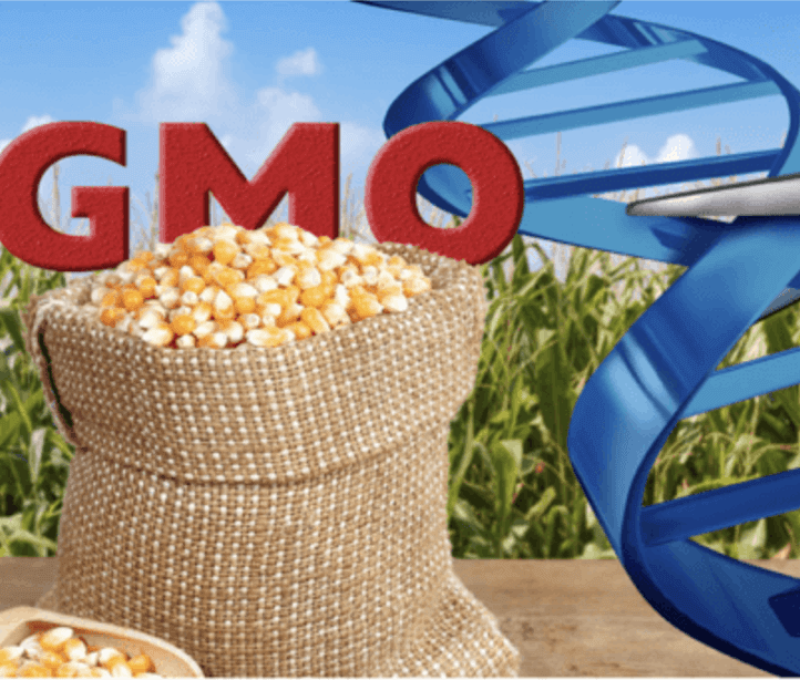A new generation of crops known as gene-edited rather than genetically modified is coming to the market. Created through new tools that snip and tweak DNA at precise locations, they, at least for now, largely fall outside of current regulations.
…
Hundreds of acres of gene-edited crops have already been grown in several states … And a few people have eaten them already. “This is not Frankenfood,” said André Choulika, chief executive of Cellectis, one of the companies developing gene-edited crops.
…
Choulika said he considered GMOs safe, but that the gene-editing techniques like those used by Calyxt, a subsidiary of Cellectis, would be more acceptable to consumers. Often in GMOs, the inserted genes came from unrelated species, like the bacterial genes that were added to cotton so that it would exude a toxin to repel bollworms, a mixing of species known as transgenesis.
…
Richard C. Mulligan, a professor of genetics at Harvard Medical School, said he was not sure that people would see much difference between gene-edited and genetically modified. “The objection that people have is a more visceral and vague objection to messing with DNA,” he said. “It’s hard to see that the public would see the difference.”
The GLP aggregated and excerpted this blog/article to reflect the diversity of news, opinion, and analysis. Read full, original post: These Food Aren’t Genetically Modified but They Are ‘Edited’































